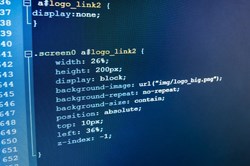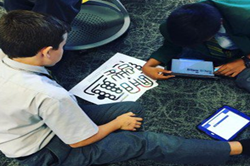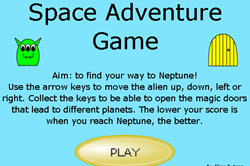Public and private keys: How is your personal information kept secret on the internet?
A great deal of private data is exchanged over the internet. This video explains how cryptography allows for the secure transfer of data online. It explains how encryption works and what keys are. Today information is encrypted using 256 bit keys. This keeps information safe because it means there are way too many possible key combinations for hackers' computers to try. Two types of keys are described and explained clearly: public keys and private keys.
Additional details
| Year band(s) | 9-10 |
|---|---|
| Content type | Educational video |
| Format | Video |
| Core and overarching concepts | Privacy and security |
| Australian Curriculum Digital Technologies code(s) |
AC9TDI10K01
Investigate how hardware and software manage, control and secure access to data in networked digital systems |
| Keywords | Encryption, Coding, Public key, Private key, https, cryptography, Cyber security |
| Organisation | Code.org |
| Copyright | Code.org Creative Commons BY-NC-ND |
Related resources
-

A matter of style
In this lesson sequence, students using the Zen Garden website reflect on criteria for effective design.
-

Google CS First: Storytelling
CS First: Storytelling guides students to use block-based coding in Scratch projects through a series of themed activities.
-

Baringa State Primary School: Implementation of STEM
Baringa PS uses a cross-disciplinary approach that integrates STEM disciplines around relevant contexts (ie a problem, question, product or issue).
-

Parramatta Marist High: Building a programming mindset
Kelly Bauer explains how video games are the starting point for Year 7 students at Parramatta Marist High to learn about coding.
-

Torrens Valley Christian School: New subject at Year 10
Fiona Clayton describes how their Year 10 Digital Technologies subject has had an impact on numbers opting to go on and study in this area.
